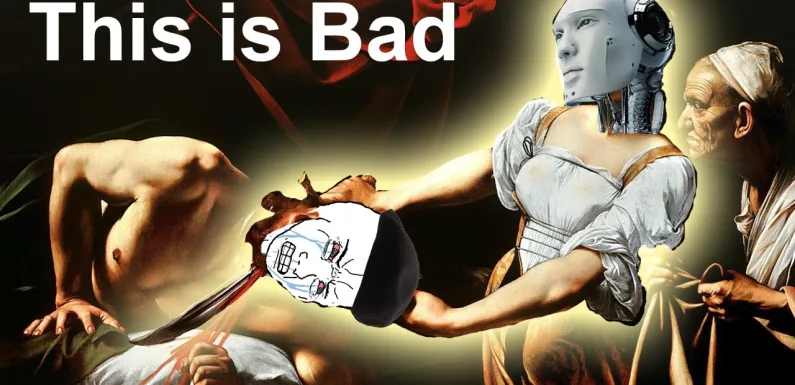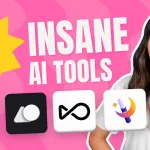
The emergence of Artificial Intelligence (AI) has sparked much debate and speculation about its potential impact on various industries.
In the realm of art, the question arises⁚ will AI art replace artists? While there are arguments for both sides of the debate, it is unlikely that AI will completely replace human artists.
Instead, AI art is more likely to work alongside human creativity, enhancing and broadening the artistic landscape.
AI Art and Human Creativity
AI art refers to the creation of art using artificial intelligence algorithms and machine learning techniques. These algorithms are trained on existing artistic styles and can generate art in a similar style.
Some argue that AI art can replicate the work of human artists without their explicit consent, raising ethical and copyright concerns.
However, others believe that AI-generated art is simply a tool that can augment human creativity rather than replace it.
The Potential of AI-Generated Art
AI has made significant progress in generating art that is visually impressive and aesthetically pleasing. AI algorithms can create paintings, sculptures, music, poetry, and even generate their own unique art forms.
These capabilities have led to discussions about the potential of AI to revolutionize the art industry.
The Role of Human Artists
Despite the capabilities of AI-generated art, it is important to recognize the limitations of AI. AI lacks emotional understanding and the ability to grasp the depth of sentiment and personal experiences that shape human creativity.
Additionally, AI can only create based on what it has been trained on, making it incapable of producing genuinely new and innovative art.
Human artists bring a unique perspective, emotional depth, and conscious decision-making to the artistic process. They have the ability to communicate complex ideas, express emotions, and push the boundaries of art.
Human creativity is driven by personal experiences, cultural contexts, and the evolving nature of society.
Collaboration Between AI and Human Artists
Rather than replacing human artists, AI can serve as a tool to assist and inspire them. AI algorithms can aid in generating ideas, exploring new creative possibilities, and automating certain aspects of the creative process.
This collaboration between AI and human artists can lead to innovative and groundbreaking art forms that would not be possible with either one alone.
The Future of AI Art
While AI art has its own unique appeal and has gained popularity among certain audiences, it is unlikely to completely replace human-created art. The human element in art, including emotional depth, personal expression, and conscious decision-making, cannot be replicated by AI.
AI art can be seen as a complementary tool that expands the boundaries of creativity rather than a replacement for human artists.
Conclusion
The future of AI and its impact on the art industry is still uncertain. However, it is unlikely that AI will replace artists entirely. AI-generated art is a powerful tool that can augment human creativity, but it lacks the emotional understanding and depth that human artists bring to their work.
The collaboration between AI and human artists has the potential to push the boundaries of art and create new and exciting possibilities.




